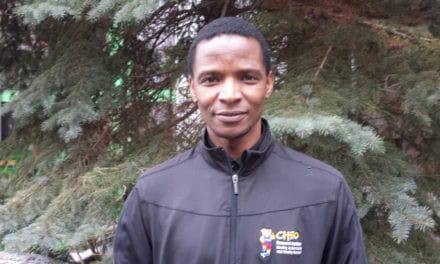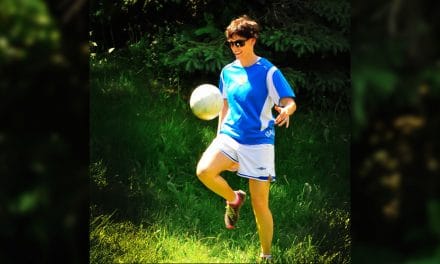HALO Director Dr. Mark Tremblay is co-author on a paper, “Objectively measured physical activity of young Canadian children using accelerometry,” that was recently published in Applied Physiology, Nutrition and Metabolism. Citation details and a summary of the paper are below.
Borkhoff CM, Heale LD, Anderson LN, Tremblay MS, Maguire JL, Parkin PC, Birken CS. Objectively measured physical activity of young Canadian children using accelerometry. Appl Physiol Nutr Metab. 2015 Dec;40(12):1302-1308.
ABSTRACT: The objective of the study was to describe objectively measured physical activity (PA) and sedentary time of infants, toddlers, and preschoolers and determine the proportion meeting Canadian age-specific PA guidelines. Ninety children (47 girls, 43 boys; mean age 32 (range, 4-70) months) attending scheduled health supervision visits and in the TARGet Kids! (The Applied Research Group for Kids) cohort wore an Actical accelerometer for 7 days. Participants with 4 or more valid days were included in the analysis. Time, in mean minutes per day (min/day), spent sedentary and in light PA, moderate to vigorous PA (MVPA), and total PA was determined using published cut-points; age groups were compared using ANOVA. Twenty-three percent of children <18 months (n = 28) and 76% of children aged 18-59 months (n = 45) met the guideline of 180 min/day of total PA; 13% of children ≥60 months (n = 17) met the guideline of 60 min/day of MVPA. Children <18 months spent more of their waking time per day engaged in sedentary behaviours (79%; ∼7.3 h) compared with children aged 18-59 months (63%; ∼6.6 h) and children ≥60 months (58%; ∼6.6 h). In conclusion, most children aged 18-59 months met the Canadian PA guidelines for children aged 0-4 years, whereas few younger than 18 months met the same guidelines. Only 13% of children ≥5 years met their age-specific PA guidelines. Further research is needed to develop, test, and implement effective strategies to promote PA and reduce sedentary behaviour in very young children.





